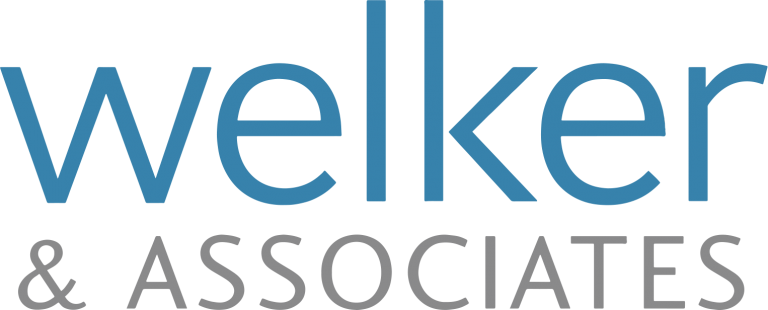When you’re overwhelmed by debt, it’s often difficult to look beyond the “minimum payment due” box on your bills. Constantly racing against disconnection dates, juggling payments, and fielding debt collection calls leaves little time or energy for long-term planning. Often, the loudest debt collector or the one with the most intimidating threat gets whatever funds you have on hand, re-starting the scramble to stay ahead of due dates and deadlines.
Unfortunately, paying bills in crisis mode can create a cycle of last-minute and past-due payments that goes on indefinitely while balances hold steady—or even increase. Moving toward a point where you don’t have to count pennies and constantly check due dates requires strategy. And formulating an effective strategy requires understanding just exactly how much your debt is costing you and what changes will have the most impact on your long-term financial prospects.
Identifying Your Most Expensive Debts
Your most expensive debts are those with the highest interest rates, the most frequently compounded interest. If you’re running behind, late fees also pay a role in the cost of debt.
For most people, credit cards top the list when it comes to ongoing, expensive debt. Certain types of debt, such as payday loans, carry much higher interest rates. But, those debts are typically smaller and shorter-term. The longer-term culprits are most often credit cards, subprime car loans, and high-interest personal loans.
The (Relatively) Small Cost of Saving Big
If you’re already worried about money, you probably don’t want to think about how much your high-interest debt is costing you. Averting your eyes is a recipe for continued struggles. Often, the estimated time to pay off the balance with the minimum monthly payment is in excess of 30-40 years.
Of course, most people realize that credit card debt is expensive and paying only the minimum payment isn’t the best approach. But, if you’re already struggling to pay your bills, larger payments may seem out of reach. This is where most people make the serious mistake of not realizing how much difference a very small amount above the minimum payment can make.
One gentleman I met with recently showed me his credit card statement and it said that it would take him 115 years and 11 months to pay off his balance at the minimum rate. It was this statement that helped him to realize that he needed professional assistance. He said “I don’t think I’m going to live another 115 years so I need some help.”
Taking Control of Your Debt
Feeling powerless over debt keeps many people trapped in the cycle of paying too much and seeing little or no progress. The more discouraging the debt cycle becomes, the less people are inclined to seek out solutions. If you’re overwhelmed by debt, the first step is always to take charge: inventory your debts, educate yourself about your options, and determine what the next best step is under the circumstances.
Sometimes, changes in payment priorities, a short-term extra source of income, a lower-interest loan or other solution will allow you to regain control of your finances. But, not always. If this inventory leads you to the conclusion that you truly can’t get ahead under your current circumstances, it may be time to explore bankruptcy.
If you’ve been trying to get out of debt on your own but it’s not working, contact our office today for a free, no-obligation consultation. We’re here to help.



